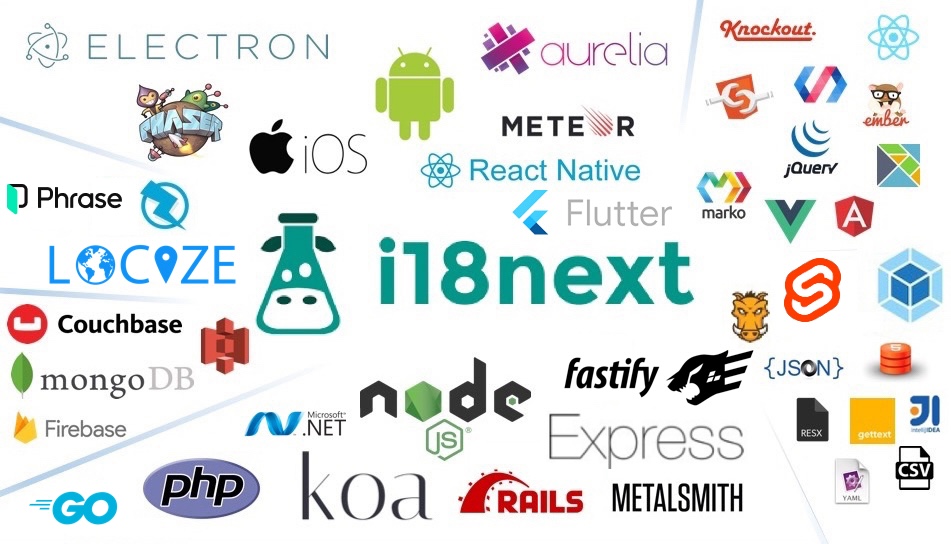Localization Support
- react-i18next:
react-i18next offers extensive localization support, allowing developers to manage translations in a structured way. It supports multiple languages, nested translations, and even fallback languages, making it suitable for complex applications with diverse localization needs.
- react-intl:
react-intl excels in localization support by leveraging the ECMAScript Internationalization API. It provides powerful tools for formatting dates, numbers, and currencies according to locale, ensuring that applications are not only translated but also culturally relevant.
- react-i18nify:
react-i18nify provides basic localization support, focusing on straightforward translation management. It allows for easy setup and quick translations but may lack advanced features for handling complex localization scenarios.
Ease of Use
- react-i18next:
react-i18next is user-friendly with a straightforward API that integrates seamlessly with React components. It offers hooks for functional components, making it easy to access translations and manage language changes without boilerplate code.
- react-intl:
react-intl has a steeper learning curve due to its comprehensive feature set. However, once understood, it provides powerful tools for managing localization effectively. Its API is well-documented, aiding developers in leveraging its full potential.
- react-i18nify:
react-i18nify is designed for simplicity, making it easy to implement for developers new to internationalization. Its minimalistic approach allows for quick translations without complex configurations, ideal for small projects.
Performance
- react-i18next:
react-i18next is optimized for performance, supporting lazy loading of translation files to reduce initial load times. It allows for efficient updates and re-renders, ensuring that only the necessary components are updated when language changes occur.
- react-intl:
react-intl is designed for performance with efficient rendering of localized content. It minimizes unnecessary re-renders and provides caching mechanisms for formatting operations, making it suitable for applications with heavy localization requirements.
- react-i18nify:
react-i18nify is lightweight and performs well in smaller applications. However, it may not be as efficient in handling large translation files or complex localization scenarios compared to more robust libraries.
Community and Ecosystem
- react-i18next:
react-i18next has a large and active community, providing extensive documentation, examples, and plugins. Its popularity ensures that developers can find support and resources easily, enhancing the development experience.
- react-intl:
react-intl benefits from a strong community and is part of the FormatJS ecosystem, which provides additional libraries for internationalization. This ecosystem offers a wealth of resources and tools, making it a robust choice for developers.
- react-i18nify:
react-i18nify has a smaller community compared to others, which may result in fewer resources and plugins. However, its simplicity makes it easy to adopt without needing extensive community support.
Extensibility
- react-i18next:
react-i18next is highly extensible, allowing developers to create custom backends for loading translations, implement middleware, and integrate with other libraries. This flexibility makes it suitable for a wide range of applications.
- react-intl:
react-intl is extensible through its integration with the FormatJS ecosystem, allowing developers to leverage additional tools and libraries for enhanced localization capabilities. This extensibility makes it a powerful choice for complex applications.
- react-i18nify:
react-i18nify is less extensible, focusing on core translation functionalities without the ability to easily integrate additional features or custom solutions. It is best suited for straightforward localization needs.






